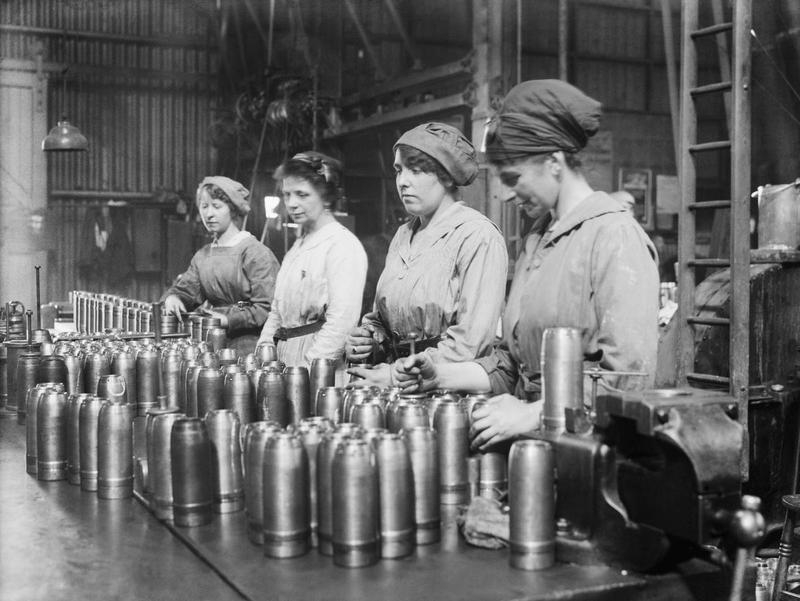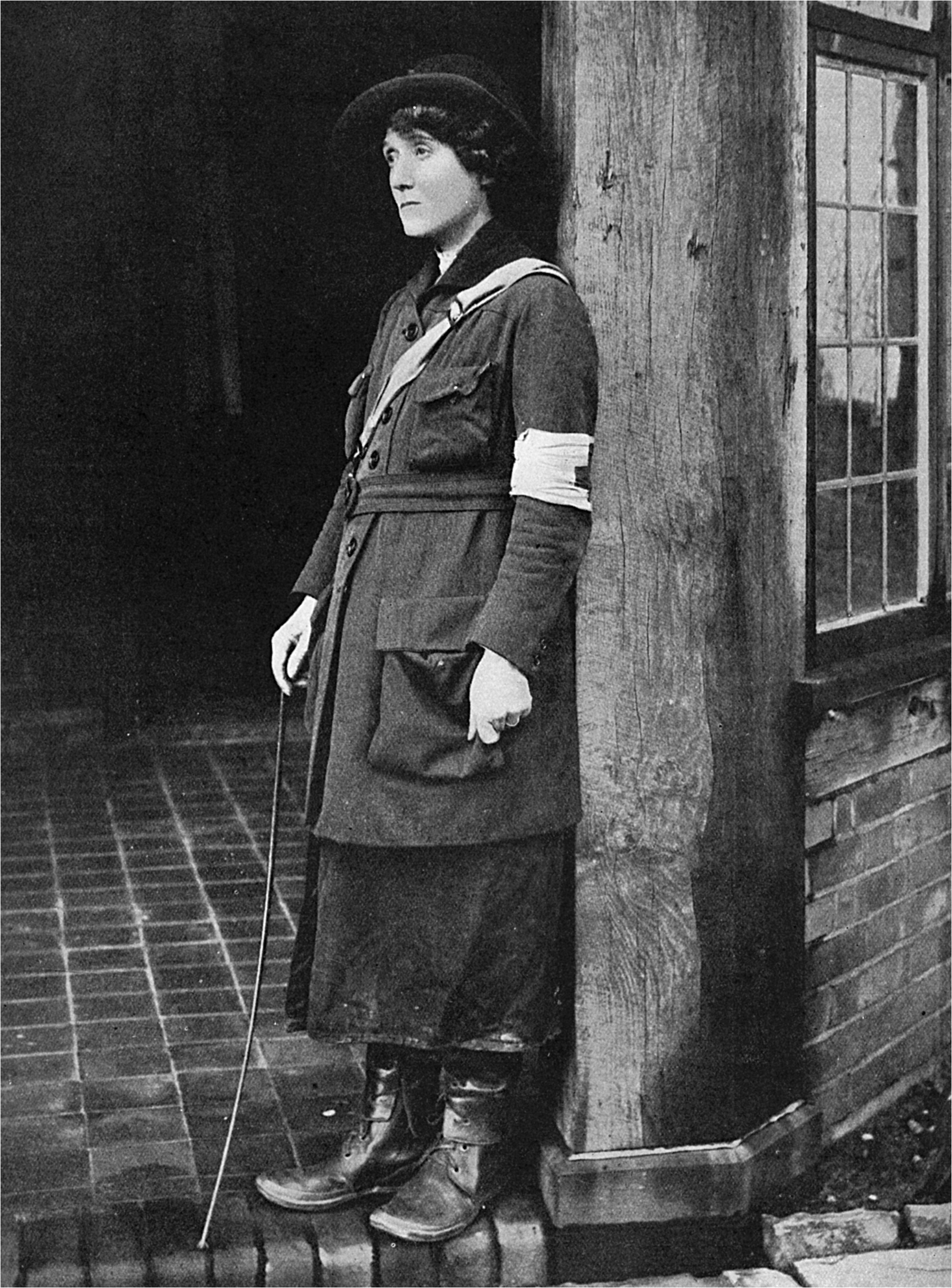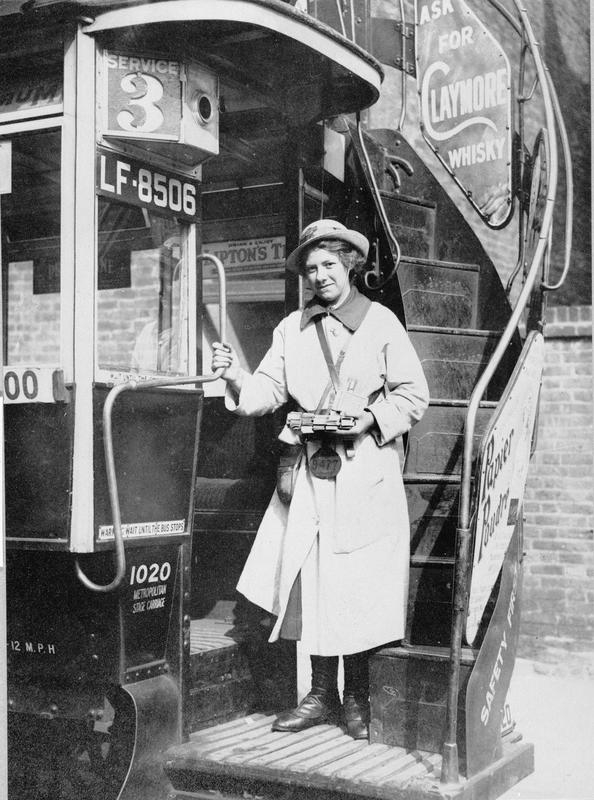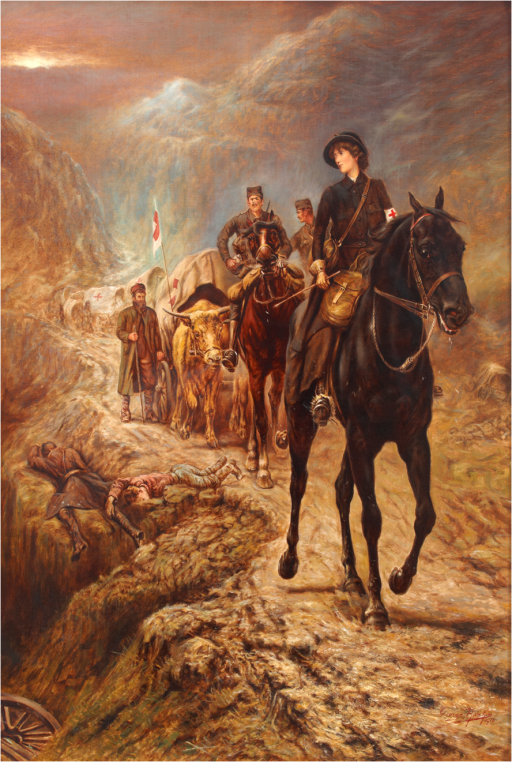The role women played in the First World War is being remembered in a series of exhibitions, debates, lectures and conferences as the Centenary gets under way.
Women often had to rise above social and cultural barriers to play their part at home and on the battlefield.
The First World War Centenary Partnership and its’ members will mark the contribution made by women between 1914-1918. Among the exhibitions will be one featuring costumes from the popular BBC series Downton Abbey.
Another will look at how women working in munitions factories formed themselves in to football teams. And another will examine women’s contribution to singing popular songs like Danny Boy and Pack up your Troubles.
 ‘Women war workers gauge shells at Royal Shell Factory 3 at Woolwich Arsenal’, courtesy of the Imperial War Museum, © IWM, Q 27870
‘Women war workers gauge shells at Royal Shell Factory 3 at Woolwich Arsenal’, courtesy of the Imperial War Museum, © IWM, Q 27870
Diane Lees, Director-General of Britain’s Imperial War Museums said: “Within the Centenary Partnership’s five year programme, museums, schools and galleries across the world will commemorate and remember the great sacrifices made by one particular generation of inspiring women, the women who lived through the First World War.”
Mabel Stobart
One of the most remarkable women’s stories is that of Mabel St Clair Stobart, whose life will be remembered in a separate exhibition, funded by the Heritage Lottery Fund, at Dorset County Museum from May 31 2014.
She led a team of female medical volunteers to care for the Serbian people during the Serbian army retreat in 1915.
 Mabel Stobart
Mabel Stobart
British Culture Secretary Maria Miller, who is leading the government’s centenary commemorations, said: “We cannot allow women like Mabel Stobart to be forgotten. Her story of thrilling endeavour, bravery and service has never been more important for a generation of girls who often feel judged more on their looks than character.”
At the heart of the exhibition is a collection of 30 powerful black and white photographs taken of Stobart and her team of volunteers of their training base in Studland, Dorset, their field camp and dressing stations behind the front line in Serbia, and the relentless 800 mile journey through snow-covered mountains to the Albanian coast.
On the ten-week march they were accompanied by one hundred thousand soldiers and many thousands of civilian refugees fleeing their villages before they fell to pursuing enemy troops, just a few miles behind.
Already in her mid-fifties, Stobart had travelled to Serbia in 1915 with female doctors and nurses whom she had recruited and trained to help the war effort. Just a year before she had been arrested by the Germans in Belgium and sentenced to be shot as a spy.
Mabel Stobart: A Dorset Woman at War opens at Dorset County Museum on Saturday 31 May 2014 and runs until 15 November 2014.
The First World War Centenary Partnership was established by the IWM in 2010 to help mark the centenary at grass roots level. It is made up of 2,485 not for profit cultural and educational organisations from 45 countries across the world.
Here are their current events commemorating women’s contribution to the war. More will be added over time.
Exhibitions
The National Trust at Dunham Massey is presenting Sanctuary from the Trenches – A Country House at War (opened 1 March 2014), which focuses on the three remarkable women who transformed the country estate into a temporary hospital during the war.
The Florence Nightingale Museum will display its newly acquisitioned oil paintings by Victor Tardieu of the volunteer field hospital at Bourbourg near Dunkirk in 1915 in a major new exhibition The Hospital in the Oatfield – The Art of Nursing in the First World War (13 March – 26 Oct 2014). This display will use these paintings to examine the history of nursing in the Great War and the crucial role played by women volunteers in the battlefields of France and Belgium.
London Transport Museum exhibition Goodbye Piccadilly – from the home front to the Western front (16 May 2014 – 8 March 2015) will look at the huge social change accelerated by the outbreak of the First World War. The exhibition will underline the fact that while the men were away at war, women were employed for the first time by the London General Omnibus Company as conductresses and clerks.
 ‘London General Omnibus Company bus conductress, in summer uniform of pale coat and hat, standing at the foot of the external staircase’, courtesy of the Imperial War Museum, © IWM, Q 109768
‘London General Omnibus Company bus conductress, in summer uniform of pale coat and hat, standing at the foot of the external staircase’, courtesy of the Imperial War Museum, © IWM, Q 109768
From 14 June 2014 at Birmingham Museums and Art Gallery BMAG, the Museum of the Jewellery Quarter will be displaying An Adaptable Trade: The Jewellery Quarter at War. The exhibition will explore the effects of the First World War on the jewellery trade and the different ways in which it adapted. Focusing on the stories of local jewellery firms and through the display of artefacts, posters, photographs and personal items, An Adaptable Trade tells the history of recruitment of soldiers from the Jewellery Quarter and the changing role of women in the industry.
At the Fashion Museum in Bath The Great War in Costume: Family & Fashion on the Home Front (19 July – 5 September 2014) will tell the story of how the Great War changed women’s life forever; in terms of status, class, position and what was acceptable for a woman to wear.
This exhibition will trace women’s lives and roles during the conflict; their work on the home front and how that influenced the dress that they adopted. The exhibition will feature examples of uniforms and civilian dress, memorabilia and propaganda, and numerous costumes from the series Downton Abbey.
The National Football Museum is presenting an exhibition opening in late 2014 on football and the Great War. One of the seven themes explored in this exhibition is Women and Wartime football. The exhibition will specifically look at the formation of women’s munitions factory football teams. All themes explore how football can provide a new and unique perspective of our understanding of the war.
Conferences
University of Oxford Faculty of English Language and Literature are hosting the conference “British” World War One Poetry (3-5 April 2014). The conference will question the notion of a corpus of purely British literature from 1914-18, specifically discussing women poets, as well as Irish and “Empire” poets.
Performances
Harvest Heritage Arts and Media are offering War, Women and Song, a touring performance about the songs and the female singers that contributed to the war effort and the on-going legacies of those half remembered tunes, such as Danny Boy and Pack up Your Troubles.
acta community theatre in Bristol will preview a moving new play Gas Girls, about Bristol women munitions workers in the First World War. Featuring a cast of twenty local people of all ages, the special performances will run from 19 – 21 March.
Posted by: Mike Swain, Centenary News
